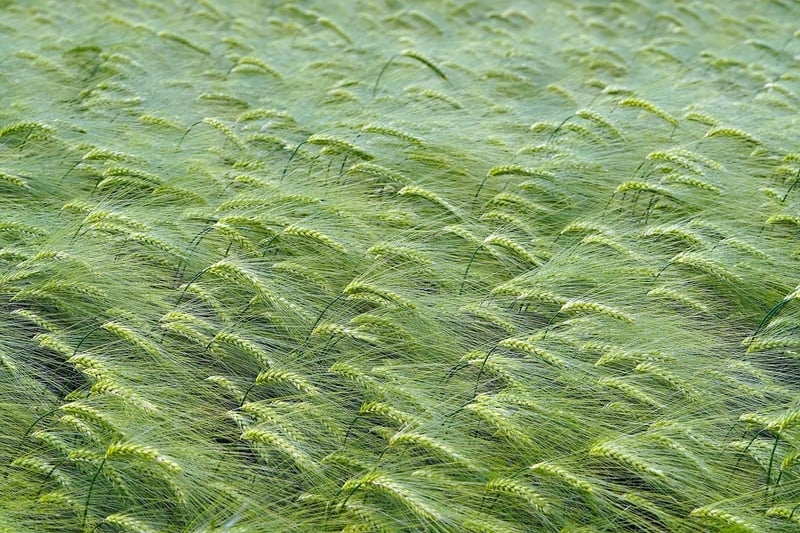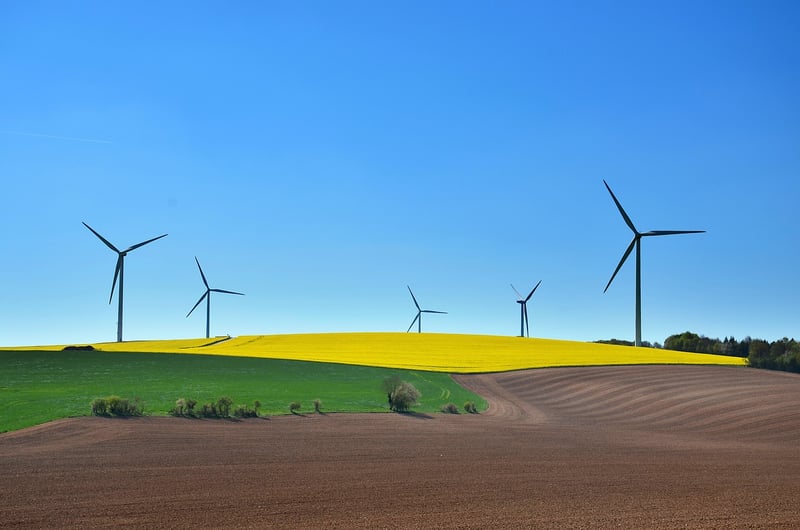Sustainable Design
Inspiration for Garden Layouts + Sustainable Design
The Importance of Sustainable Garden Design
Sustainable garden design not only benefits the environment but also creates a beautiful and thriving outdoor space. By incorporating eco-friendly practices, you can reduce water usage, promote biodiversity, and create a more resilient garden that requires less maintenance.
Key Elements of Sustainable Garden Design
1. Native Plants: Choose plants that are native to your region as they are adapted to the local climate and require less water and maintenance.
2. Water Conservation: Implement irrigation systems that minimize water waste, such as drip irrigation, rainwater harvesting, and using drought-tolerant plants.
3. Composting: Turn kitchen scraps and garden waste into nutrient-rich compost to improve soil health and reduce waste sent to landfills.
4. Permeable Surfaces: Use materials like gravel, permeable pavers, or mulch to allow rainwater to infiltrate the soil instead of running off into storm drains.
5. Wildlife Habitat: Create a welcoming environment for birds, bees, and other beneficial insects by providing food sources, shelter, and water features.
Inspiring Garden Layout Ideas
1. Wildflower Meadow: Plant a mix of native wildflowers to create a vibrant and low-maintenance meadow that attracts pollinators.

2. Herb Spiral: Build a spiral-shaped garden bed for herbs of varying heights, providing easy access and efficient use of space.

3. Vertical Garden: Utilize vertical space by growing plants on walls or trellises, ideal for small gardens or urban settings.

Get Started on Your Sustainable Garden Journey
By incorporating sustainable practices and creative garden layouts, you can create a beautiful outdoor space that benefits both you and the environment. Start small with a few eco-friendly changes and gradually expand your sustainable garden design as you gain experience and inspiration.
For more garden design ideas and tips, check out Gardeners World.
